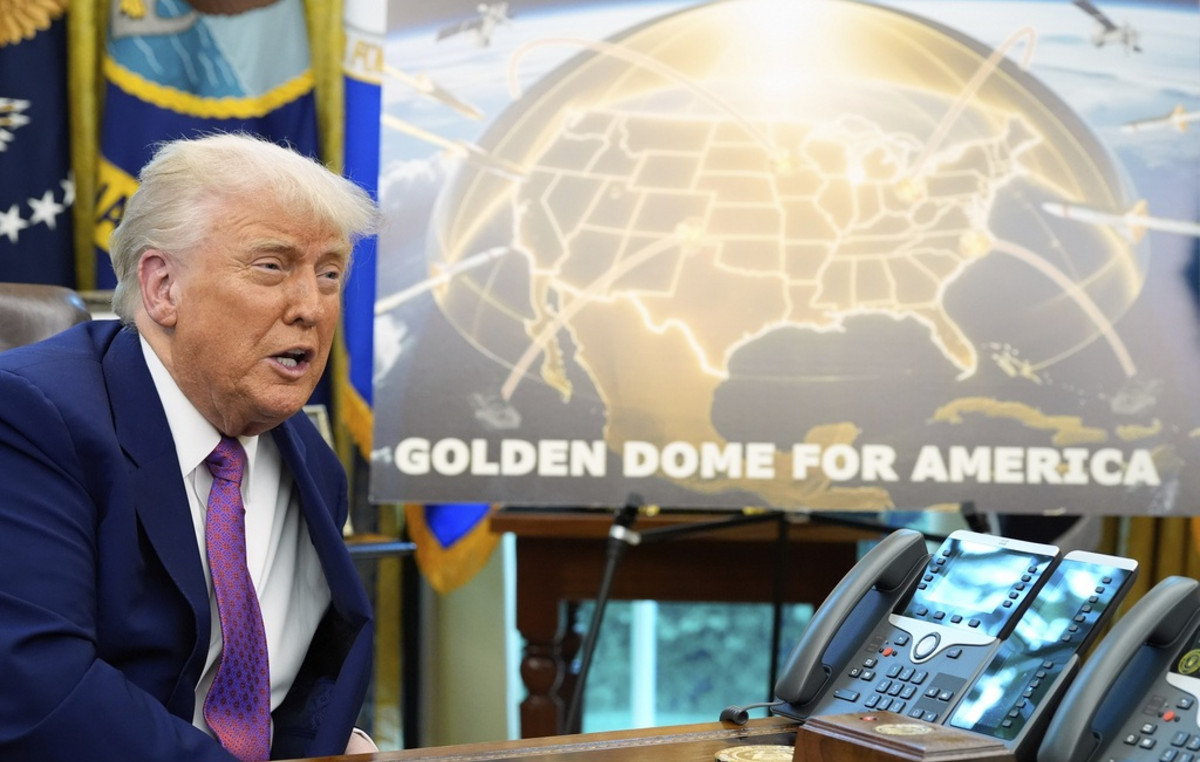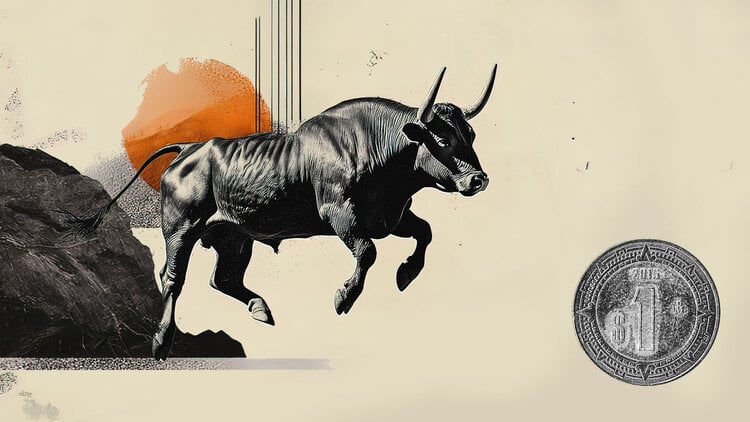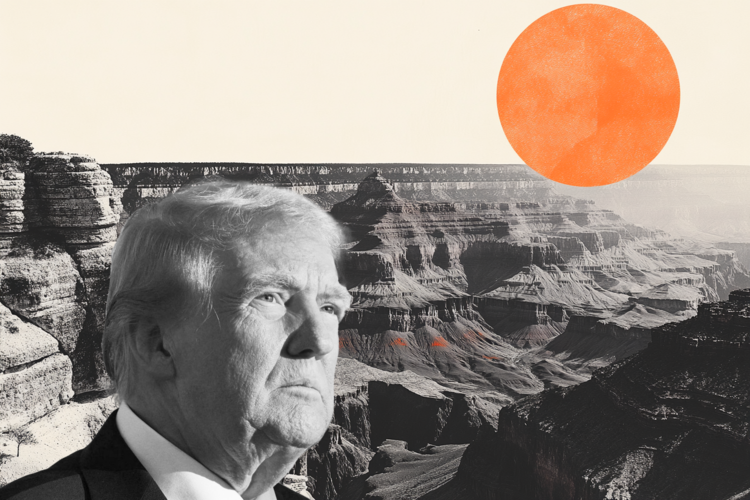He US dollar loses ground against the Brazilian real this Mondayweakened by the absence of an immediate order on tariffs in President-elect Donald Trump’s speech.
USD/BRL today tested a daily high at 6.0704 and a daily low at 6.0379.
At the time of writing, the price of the USD/BRL is trading above 6.0464, losing 0.40% so far this day.
The dollar weakens due to the lack of specificity on tariff policy at Trump’s inauguration
- The Wall Street Journal published today that Donald Trump would not give any immediate order to apply the tariff policy in his speech today. According to the newspaper’s information, the president-elect’s memorandum urges federal agencies to study trade policies and evaluate commercial relations, especially with China and America’s continental neighbors, before making concrete decisions.
- Brazil will not publish any relevant data during the week, except for Friday, when it will reveal the december checking account. In November, the indicator showed a deficit of 3.1B dollars.
US Dollar FAQs
The United States Dollar (USD) is the official currency of the United States of America, and the “de facto” currency of a significant number of other countries where it is in circulation alongside local banknotes. According to 2022 data, it is the most traded currency in the world, with more than 88% of all global currency exchange operations, equivalent to an average of $6.6 trillion in daily transactions. After World War II, the USD took over from the pound sterling as the world’s reserve currency.
The single most important factor influencing the value of the US Dollar is monetary policy, which is determined by the Federal Reserve (Fed). The Fed has two mandates: achieve price stability (control inflation) and promote full employment. Your main tool to achieve these two objectives is to adjust interest rates. When prices rise too quickly and inflation exceeds the 2% target set by the Fed, the Fed raises rates, which favors the price of the dollar. When Inflation falls below 2% or the unemployment rate is too high, the Fed can lower interest rates, which weighs on the Dollar.
In extreme situations, the Federal Reserve can also print more dollars and enact quantitative easing (QE). QE is the process by which the Fed substantially increases the flow of credit into a clogged financial system. This is an unconventional policy measure used when credit has dried up because banks do not lend to each other (for fear of counterparty default). It is a last resort when a simple lowering of interest rates is unlikely to achieve the necessary result. It was the Fed’s weapon of choice to combat the credit crunch that occurred during the Great Financial Crisis of 2008. It involves the Fed printing more dollars and using them to buy US government bonds, primarily from financial institutions. QE usually leads to a weakening of the US Dollar.
Quantitative tightening (QT) is the reverse process by which the Federal Reserve stops purchasing bonds from financial institutions and does not reinvest the principal of maturing portfolio securities in new purchases. It is usually positive for the US dollar.
Source: Fx Street
I am Joshua Winder, a senior-level journalist and editor at World Stock Market. I specialize in covering news related to the stock market and economic trends. With more than 8 years of experience in this field, I have become an expert in financial reporting.







